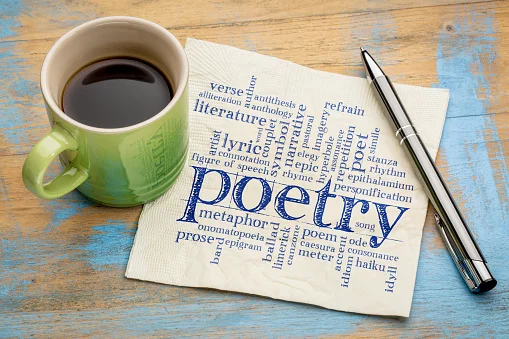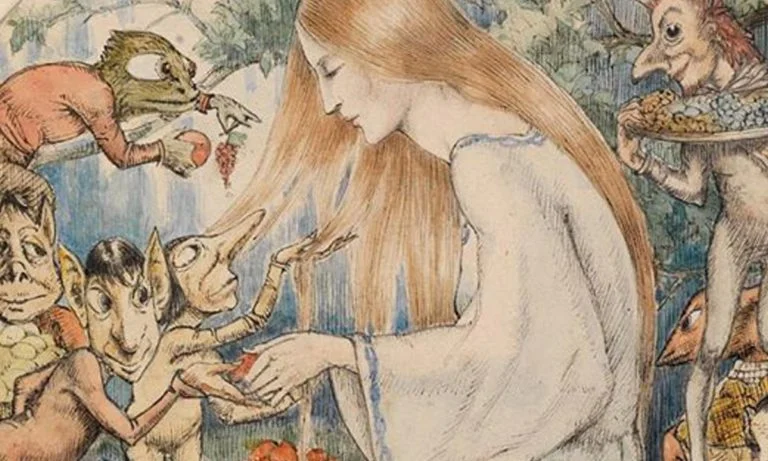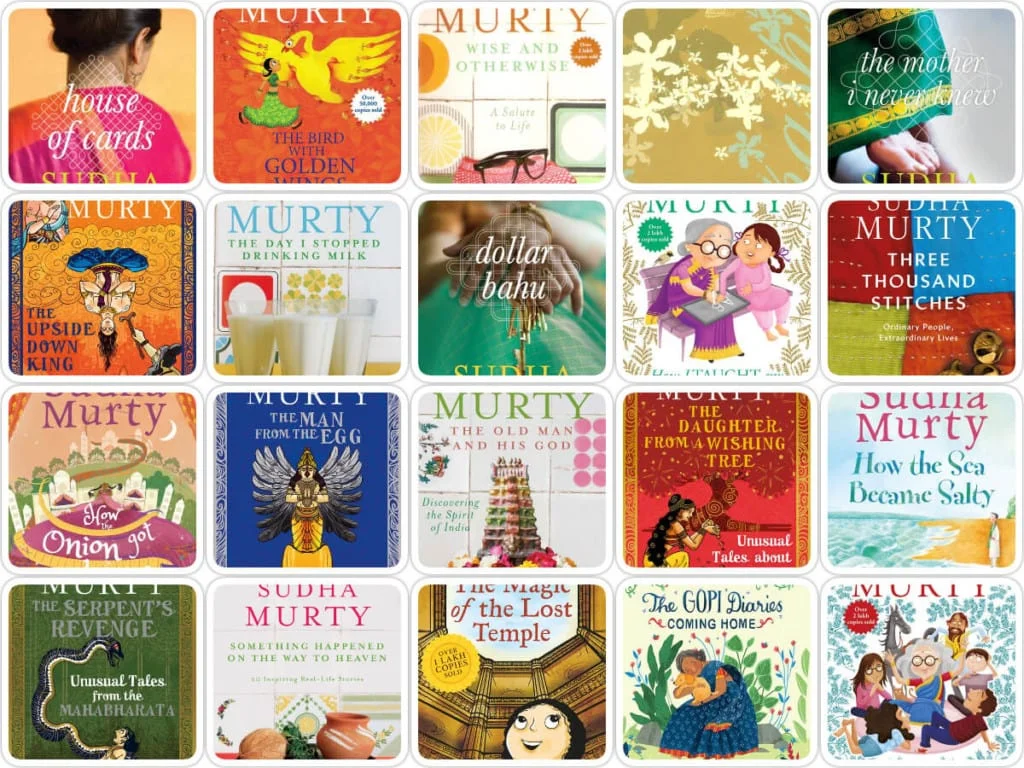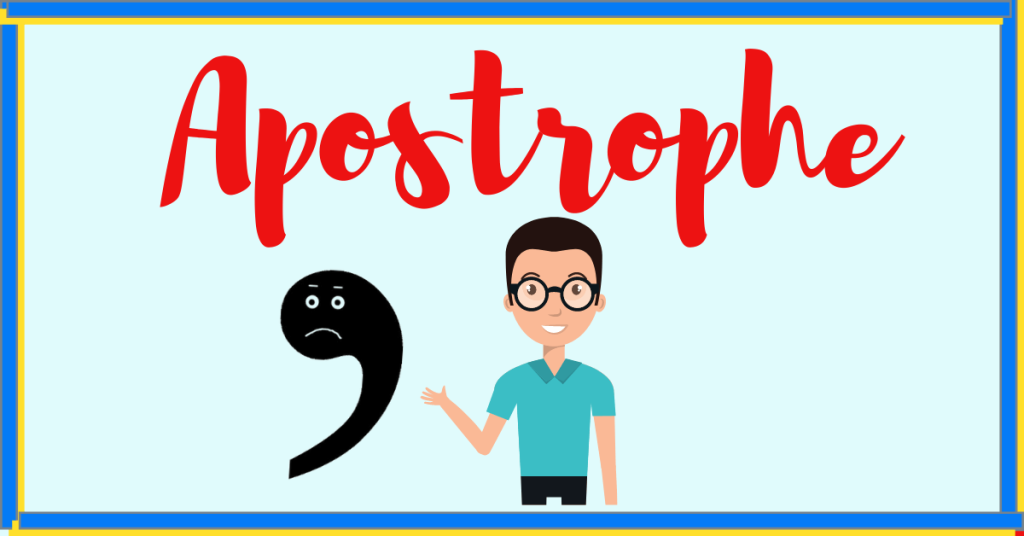Introduction
Prose poetry mixes traditional poetry’s lyrical and metric aspects with prose’s idiomatic elements, such as conventional punctuation and the absence of line breaks. A prose poem may appear to be an unremarkable paragraph of standard prose at first glance, but a reader who digs deeper will notice poetic undertones in its metre, repetition, and language choice.
Most forms of creative expression in the English language can be divided into two categories: prose and poetry. Novels, short tales, novellas, and scripts all fall under the category of prose.
The language used in this type of writing is similar to that used in normal conversation. Song lyrics, diverse poetry forms, and theatrical dialogue with poetic features, such as iambic pentameter, are all examples of poetry. Prose and poetry, on the other hand, are not entirely stratified to the point where one can never contain the elements of the other. This is a type of creative writing that incorporates characteristics of both the poetic and prose forms.
Origin and History
Prose poetry, particularly in Anglophone culture, went out of favour during the Modernist era. Although T.S. Eliot was an outspoken critic of the form, Gertrude Stein, an American expatriate in Paris, admired its adoption in French culture. The style of writing a renaissance in the United States around the mid-twentieth century.
Long and short prose-based variations on free poetry were brought to coffeehouses in New York and San Francisco by poets like William S. Burroughs, Allen Ginsberg, Jack Kerouac, Charles Simic, and Robert Bly.
This form of writing can be found in a variety of cultures around the world. Poetic prose has its origins in seventeenth-century Japan, when Matsuo Bash, a prominent poet during the Japanese Edo period, established a poetic variety known as haibun, which combined prose and traditional haiku features.
Beginning with Aloysius Bertrand’s compilation Gaspard de la Nuit, a group of French poets pioneered a push toward prose poetry in Western culture. Stéphane Mallarmé, Charles Baudelaire, and Arthur Rimbaud are examples of later nineteenth-century French prose poets.
This form was also embraced by English language poets, such as Oscar Wilde of Ireland and Edgar Allan Poe of the United States.
Exclusivity of Prose poetry
Prose poetry is not only a development of how writers express the poetic impulse but is perhaps an index of how traditional lineated lyric poetry is increasingly being replaced and, in the process, transformed by prosaic modes in a prosaic age, where traditional notions of the lyric have become increasingly problematic.
Simic’s collection of The World Doesn’t End, published in 1989, won the Pulitzer Prize for Poetry. Consequently, it has grown in popularity since the late 1980s. Journals have started to focus on prose poems and microfiction.
Despite its creation in sentences and paragraphs, the French Romantic prose poets’ inventions altered French and international poetry, and their prose poetry remained a kind of poetry. One of this form’s merits is its proclivity for challenging or stretching our preconceptions of what poetry looks like.
Prose poetry implies that the poetic reaches further than any of us could have dreamed. The mode of prose is not used in the same way in good prose poetry as it is in most conventional and discursive novels or nonfiction. Prose becomes a revived medium that focuses less on a story’s chronological progression.
As a result, it is rather straightforward: Prose poetry is anything that combines these characteristics into a single piece of writing!
If you want a more precise definition, prose poetry is poetry that is not written in verse but yet incorporates poetic elements like rhythm and metaphors. Without the line breaks associated with poetry, it is written as prose. However, poetic methods like fragmentation, compression, repetition, rhyme, metaphor, and figures of speech are used.
Example of Prose poetry
“The Prose Poem” by Campbell McGrath:
On the map it is precise and
rectilinear as a chessboard,
though driving past you would
hardly notice it, this boundary
line or ragged margin, a
shallow swale that cups a
simple trickle of water, less rill
than rivulet, more gully than
dell, a tangled ditch grown up
throughout with a fearsome
assortment of wildflowers and
bracken. There is no fence,
though here and there a
weathered post asserts a
former claim, strands of fallen
wire taken by the dust. To the
left a cornfield carries into the
distance, dips and rises to the
blue sky, a rolling plain of
green and healthy plants
aligned in close order, row
upon row upon row.





